Best luxury subcompact SUV 2023/24: BMW X1 versus the competition
It slots at the bottom of BMW's SUV lineup, but the 2024 X1 defies the notion of entry-level thanks to its impressive attributes. Behind the wheel, its agile handling and well-thought-out interior design make it a worthy alternative to the absent 3-Series station wagon within BMW's US product range.
For the 2024 model year, BMW has introduced the spirited M35i xDrive variant to the X1 lineup. This high-performance model packs a punch with its 312-horsepower turbocharged 2.0-liter four-cylinder engine, complemented by an adaptive suspension system and high-performance brakes. With two roomy rows, the new X1 stands further apart in the small SUV class, but the Mercedes-Benz GLB-Class is a compelling alternative, offering an optional third row. However, the GLB doesn’t match the sheer driving excitement that the BMW X1 exudes.
Multiple outlets, most notably the KBB (Kelley Blue Book), crowned the BMW X1 the #1 among the top premium subcompact SUVs for years in a row. This article digs deep into the latest 2024 BMW X1, comparing its features with its closest competitors – Mercedes-Benz GLA-Class and Volvo XC40 to find out how the Bimmer earned the top spot in the luxury subcompact SUV segment.
Related Reading: The Mazda CX-5 Is The Best Compact SUV For 2023/24, According To US News & World Report
How BMW X1 Got Top Position In The Premium Subcompact SUV Class – KBB Reports

According to expert editors at Kelley Blue Book, the X1 stands out as the ultimate luxury subcompact SUV. Their rigorous evaluation process considers every facet, from car value and cutting-edge technology to features, driving performance, cargo capacity, options, fuel efficiency, build quality, and more.
Earning the coveted Kelley Blue Book Best Buy award is no small feat, and the X1 accomplished it with ease from the moment its latest generation hit the market. Its design is a blend of contemporary aesthetics and advanced technology.
Inside, the cabin offers an impressive amount of space, and it possesses all the quintessential driving characteristics that BMW enthusiasts cherish. From the captivating interior design to the generous cargo room, the X1 outperforms most of its competitors in the subcompact SUV category.
The use of premium materials in its construction underscores its quality and sophistication. Additionally, the seats, particularly the front ones, provide the ideal blend of comfort and support, ensuring a pleasurable experience on long journeys.
Under the hood, the X1 cradles a turbocharged 2.0-liter 4-cylinder engine, a common sight in the segment. However, the Bimmer’s engine proves exceptionally responsive to throttle inputs and delivers power with a seamless and exhilarating smoothness.
We trust Kelley Blue Book's Expert Ratings because they are the product of hands-on experience rather than mere data analysis. They extensively test, evaluate, and compare every vehicle in the US market, regularly updating the ratings for new models and mid-cycle refreshes.
The KBB says its editors thoroughly examine aspects like design, performance, features, comfort, and price, ensuring they prove themselves in real-world scenarios. Also, value is a crucial component of KBB's expert ratings, considering not just immediate costs but also long-term factors like resale value and 5-year cost-to-own calculations.
They use a ranking system where vehicles gets evaluated against their direct competitors before receiving a numerical rating. This approach provides context and fairness, ensuring vehicles find their rightful place among peers before being assigned a rating that accurately reflects their standing in the market.
So, why did the KBB and others recommend the X1 as the luxury subcompact SUV of choice?
How The 2024 BMW X1 Compare To The Competition
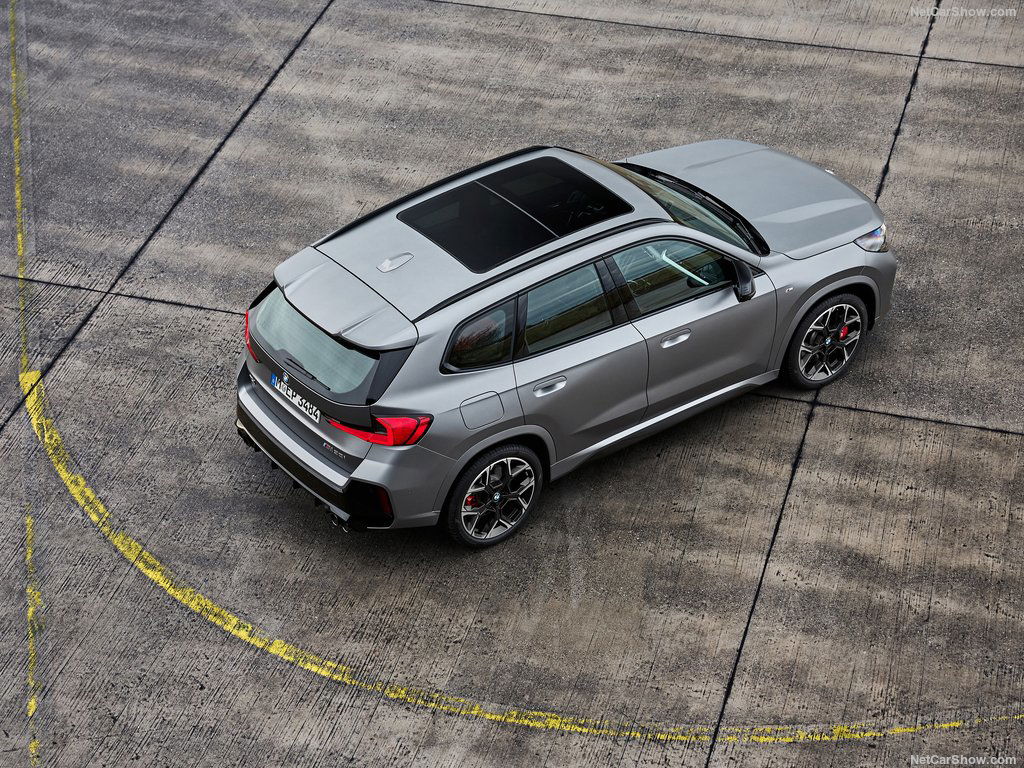
In the subcompact luxury SUV segment, the Mercedes-Benz GLA-Class and Volvo XC40 are the BMW X1’s fiercest competitors for the 2023/24 model year, each bringing their unique strengths to the table.
BMW X1 vs. Mercedes-Benz GLA vs. Volvo XC40: Engine And Performance
| Engines And Performance Comparison | |||
| Models | Engine | Power | 0–60 Acceleration |
| 2024 BMW X1 | Turbocharged 2.0-liter 4-cylinder engine | 241 Horsepower | 6.2 Seconds |
| 2024 Mercedes-Benz GLA-Class | Turbocharged 2.0-liter 4-cylinder engine | 221 Horsepower | 6.3 Seconds |
| 2024 Volvo XC40 | Turbocharged 2.0-liter four-cylinder engine | 247 Horsepower | 6.1 Seconds |
Starting with the X1, its turbocharged 241-horsepower engine stands out as one of the best in its class, delivering swift acceleration. BMW claims a 0 to 60 mph time of 6.2 seconds, which feels pleasantly brisk and potentially even faster in real-world driving.
For example, Car and Driver finished the X1 xDrive28i at 5.4 seconds. The X1 also embodies the essence of a BMW with its dynamic handling, comfortable ride quality, stability, and confident braking.
Shifting our focus to the 2024 GLA-Class, it utilizes a turbocharged 2.0-liter four-cylinder engine with 221 horsepower, further bolstered by hybrid technology.
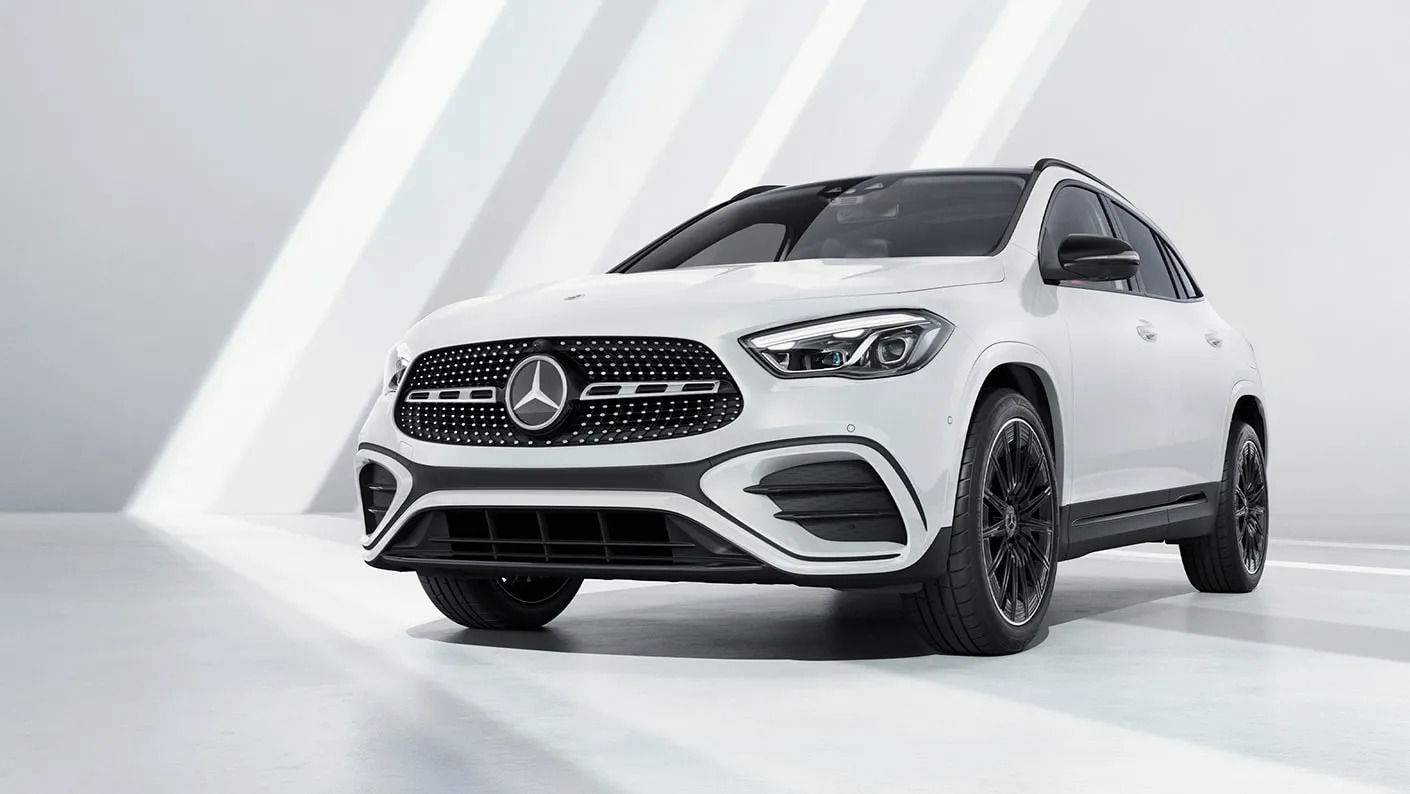
We don’t yet have data to report on the new hybrid version, but we expect its performance to mirror its predecessor’s 0–60 mph time of 6.3 seconds. While not the quickest in its segment, the GLA maintains composed handling and a compliant suspension for a balanced driving experience.
Lastly, the 2024 XC40 boasts a turbocharged 2.0-liter four-cylinder engine with 247 horsepower, complemented by a 48-volt hybrid system. It accelerates from 0 to 60 mph in 6.1 seconds, making it a competitive performer in the compact crossover category.
However, it's worth noting that the exhaust note can be raspy under heavy throttle. Unique to the XC40 in this class is its substantial towing capacity of 3,500 pounds (similar to the X1), a feature not commonly found among subcompact-luxury crossovers.
Our Verdict: The Mercedes-Benz GLA offers a hybrid option with decent performance and a comfortable ride. Meanwhile, the Volvo XC40 provides competitive acceleration and the bonus of robust towing capabilities, but the BMW X1 shines with its powerful engine and engaging driving dynamics.
2024 BMW X1 vs. Mercedes-Benz GLA vs. Volvo XC40: Fuel Economy
| Fuel Efficiency Comparison | |
| 2024 BMW X1 | 28 MPG Combined City/Highway |
| 2024 Mercedes-Benz GLA-Class | 28 MPG Combined City/Highway |
| 2024 Volvo XC40 | 26 MPG Combined City/Highway |
The X1 performs competitively among the top three competitors, even with the Audi Q3 thrown in. The EPA estimates the 2023 X1's fuel economy at 28 mpg combined (25-city and 34-highway), and we expect this figure to carry over to the 2024 model.
Notably, despite having more power than many rivals, the X1 manages to surpass them in fuel efficiency. For instance, the Audi Q3 lags with a combined figure of only 25 mpg.
Turning our attention to the GLA 250, the EPA estimates its fuel economy at an identical 28 mpg combined (24 city and 34 highway). Real-world testing confirms the EPA's estimates, as an evaluation route yielded an impressive 31.2 mpg. This result positions the GLA 250 slightly more fuel-efficient than its competitors, including the Audi Q3.
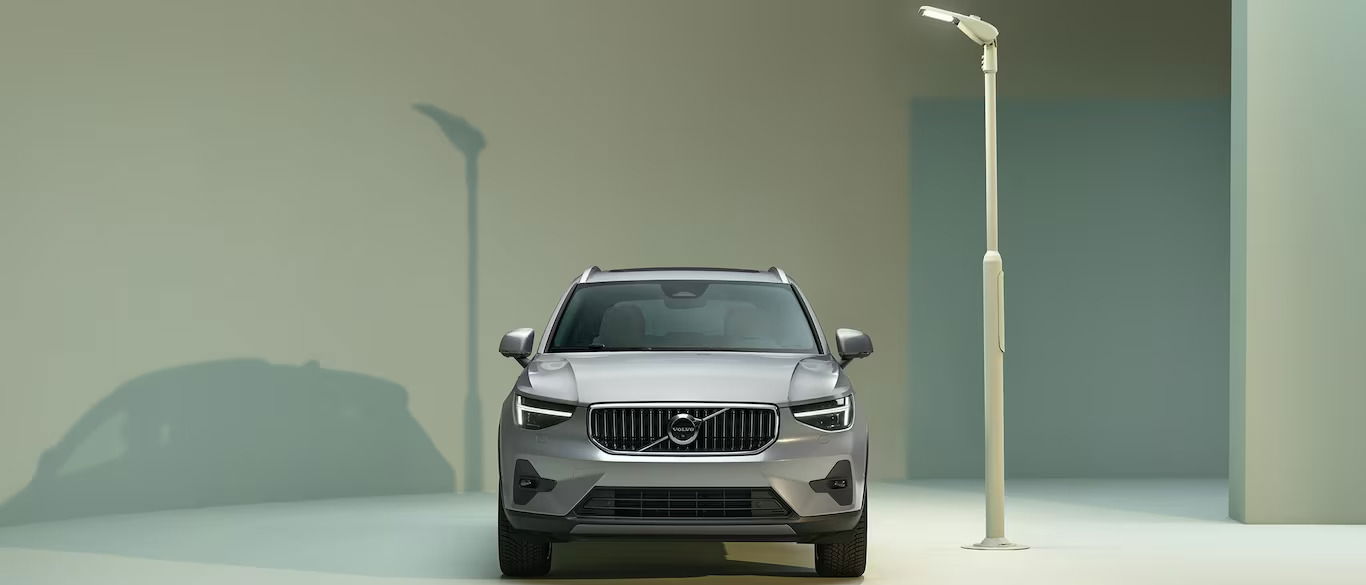
Meanwhile, the Volvo XC40 offers competitive EPA fuel-economy ratings of 23 mpg in the city and 30 mpg on the highway. However, during a 75-mph highway fuel economy test by Car and Driver, the XC40 fell short, delivering only 27 mpg. This outcome is somewhat disappointing, especially compared to the Mercedes-Benz GLB250, which achieved a more efficient 32 mpg in similar testing conditions.
Our verdict: The 2023 X1 emerges as the leader in fuel efficiency by offering a balanced blend of power and economy. The GLA 250 follows closely behind with its real-world performance matching the EPA estimates.
On the other hand, the XC40's highway fuel economy results are less impressive, making it less competitive in this aspect, especially when pitted against the more efficient GLB250.
Related Reading: Why The 2024 BMW XM Label Red Is The Most Powerful M Car Ever Made: A Review
2024 BMW X1 vs. Mercedes-Benz GLA vs. Volvo XC40: Interior And Comfort
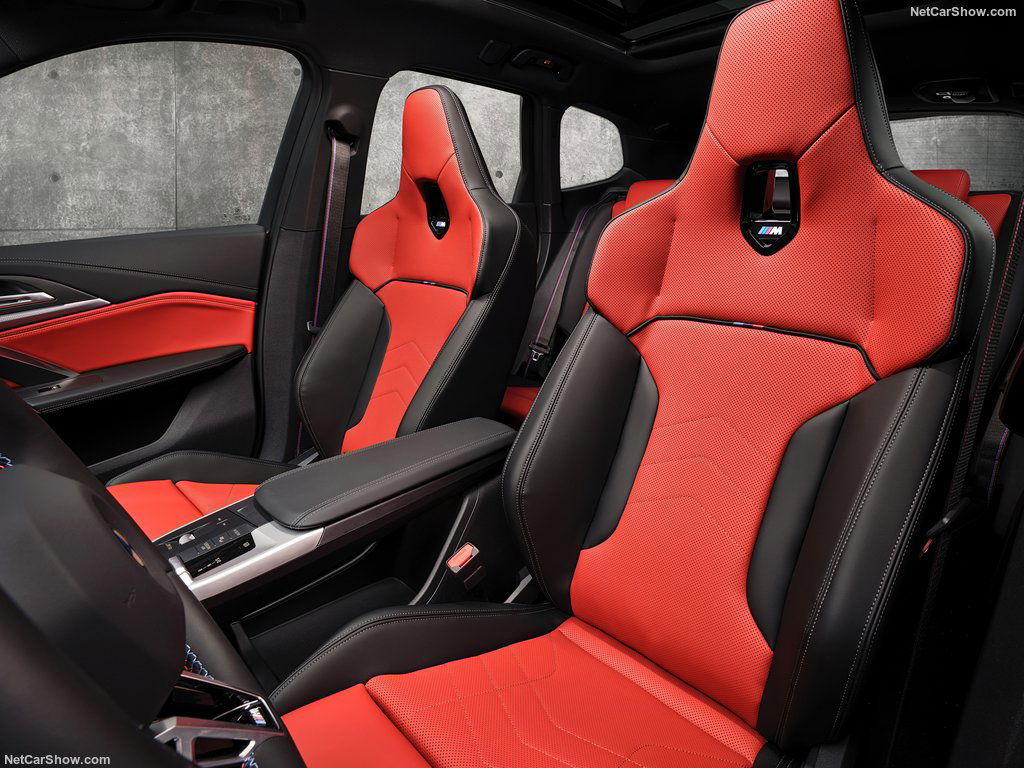
The Mercedes-Benz GLA, Volvo XC40, and BMW X1 offer unique advantages and considerations in terms of interior design and practicality.
Starting with the BMW X1, it boasts an impressive interior with a cool design, high-quality materials, and comfortable front seats suitable for long journeys.
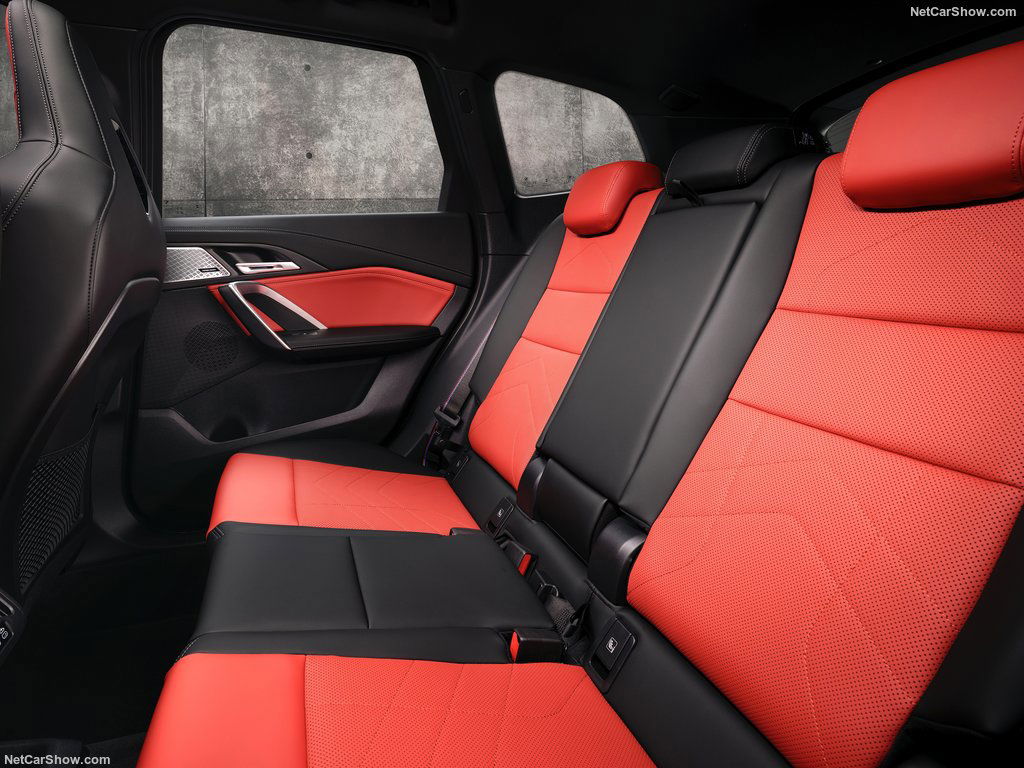
The rear seats' 40/20/40 split-folding arrangement adds versatility, and with 37 inches of rear legroom and 25.7 cubic feet of cargo space, the X1 shines in terms of roominess. While it excels in this area, those seeking even more space for rear passengers and cargo might find the Mercedes-Benz GLB more accommodating.
With the Mercedes-Benz GLA, ease of access is a highlight due to its ride height and appropriately sized doors. The driver's seat offers wide adjustment ranges, ensuring a comfortable driving position.
The cabin is user-friendly, with logically placed controls and an intuitive infotainment system. Furthermore, the GLA offers adult-sized space in the rear and excellent visibility, enhancing safety and parking.
In terms of comfort, the GLA provides a pleasant experience, with features like MB-Tex synthetic leather and supportive seats. The availability of multi-contour seats with heating and ventilation as options adds to the comfort factor.
Moving to the Volvo XC40, it stands out with its boxy design and decent interior volume. While it falls slightly short of the Audi Q3 in this aspect, it surpasses the cargo space of the Mercedes-Benz GLA-Class.
Front and rear legroom are standard for the segment, and the XC40 impresses with its contemporary Swedish styling and functional design. The cabin exudes an upscale vibe, even in the base trim, and offers ample passenger space in both rows.
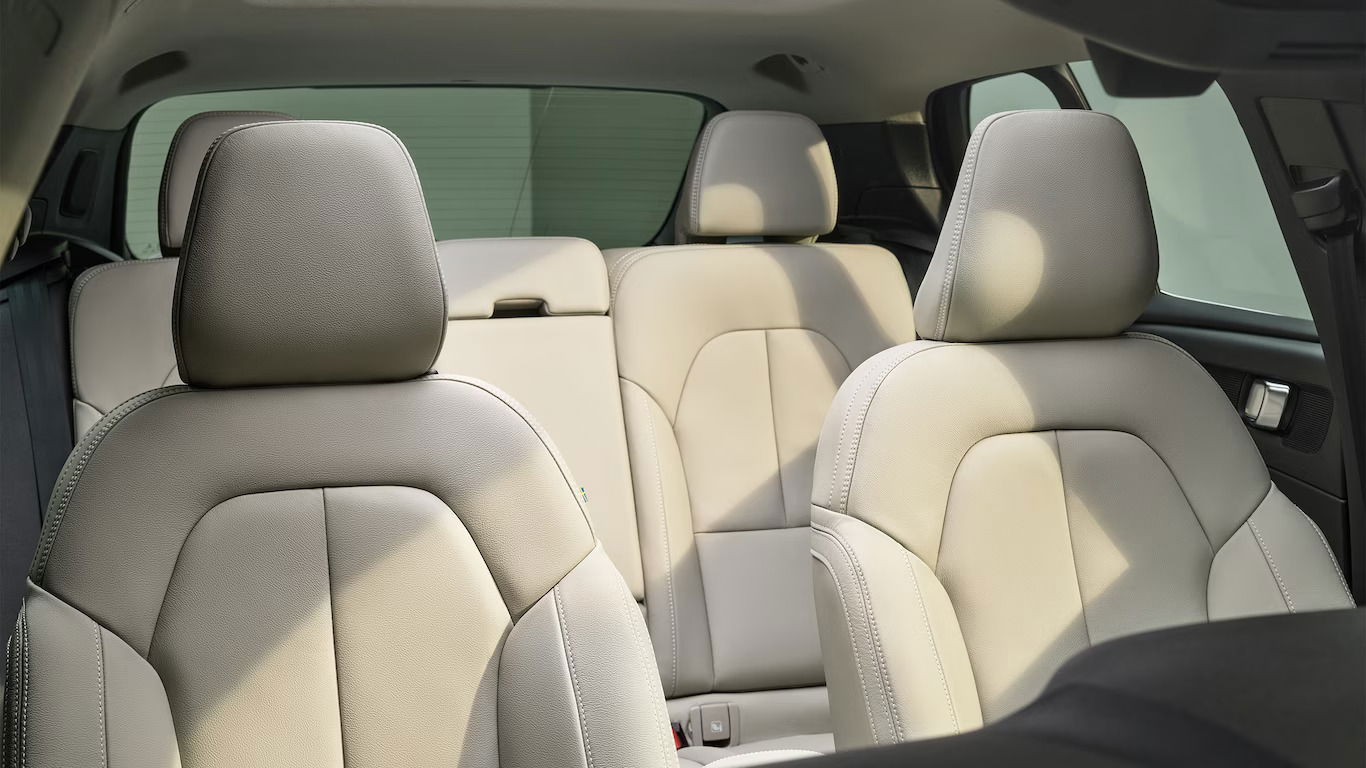
Volvo's attention to detail is evident with innovative cargo-storage features throughout the interior. Moreover, the XC40's luggage capacity, with its rear seats folded, accommodates a significant number of suitcases, making it a practical choice for those with storage needs.
Our Verdict: The BMW X1 excels in interior quality and space, while the Mercedes-Benz GLA trumps its competitors with ease of access and user-friendly controls. The Volvo XC40 combines functionality, design, and innovative storage solutions, making it a standout choice for those seeking practicality and style in a compact SUV.
2024 BMW X1 vs. Mercedes-Benz GLA vs. Volvo XC40: The Technology

The 2024 X1 is the first model to introduce BMW's updated iDrive 9 infotainment software, which has seen continuous improvement over the years. This upgraded system boasts an enhanced menu structure, promising a more intuitive and user-friendly navigation experience.
In the 2024 X1, this system shines with user-friendly functionality and natural speech recognition. It incorporates Apple CarPlay and Android Auto compatibility, navigation capabilities, and the convenience of remote software upgrades.
The X1 also introduces the Live Cockpit Plus, a unified unit encompassing the driver's instrument cluster and the infotainment display, enhancing the cabin’s techy ambiance.
Furthermore, standard features like LED headlights with cornering lights and the optional Harman Kardon audio system contribute to the overall premium experience. The Active Driving Assistant Pro and Parking Assistant Plus options further bolster safety and convenience.
In the Mercedes-Benz GLA, you'll find a dual 10.3-inch display setup, featuring one for the driver's gauge display and another for the infotainment system. While this system is relatively refined, it has received mixed reviews from experts.

Owners can operate the GLA's infotainment via touchscreen, voice commands, or a touchpad controller on the center console. Standard features include Apple CarPlay and Android Auto, with optional upgrades available for navigation, SiriusXM satellite radio, a head-up display, and a premium Burmester audio system.
The Volvo XC40 stands out with its 12.3-inch digital instrument cluster and a 9.0-inch infotainment display running on a Google-based operating system. This system offers Apple CarPlay, Google Maps navigation, access to the Google Play app store, and Google Assistant voice commands.
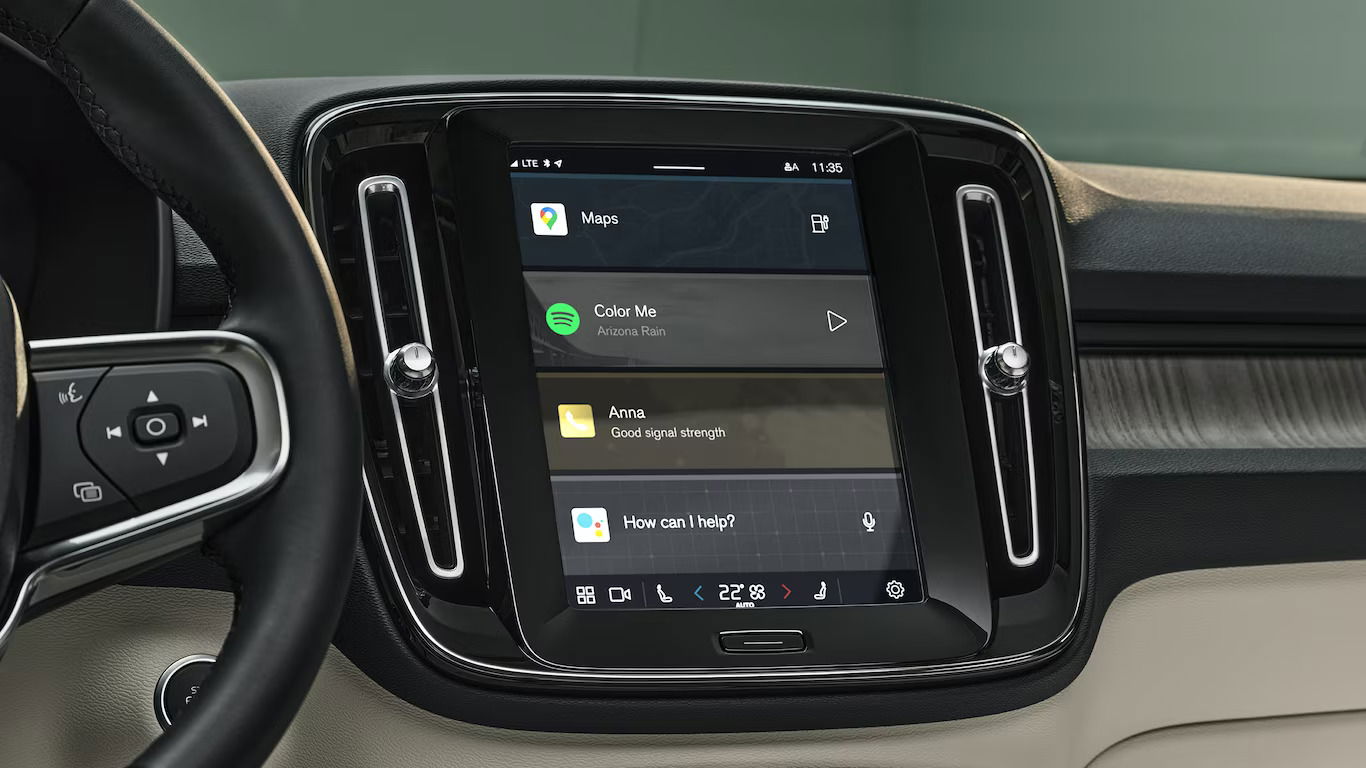
Over-the-air update capabilities ensure the software remains up to date. Standard features include two front USB-C ports, while wireless charging was available in previous models. The XC40 offers an eight-speaker audio system as standard, with an option for a 14-speaker Harman Kardon premium setup.
Our Verdict: The BMW X1 impresses with its user-friendly iDrive system, comprehensive tech features, and safety options. The Mercedes-Benz GLA offers a dual-screen setup with standard smartphone integration and the availability of advanced upgrades.
The Volvo XC40 showcases a fully digital instrument cluster, an intuitive Google-based system, and an excellent array of standard and optional tech features. Ultimately, the choice depends on your preference for infotainment design and specific technology needs.
2024 BMW X1 vs. Mercedes-Benz GLA vs. Volvo XC40: Safety And Driver Assistance Features
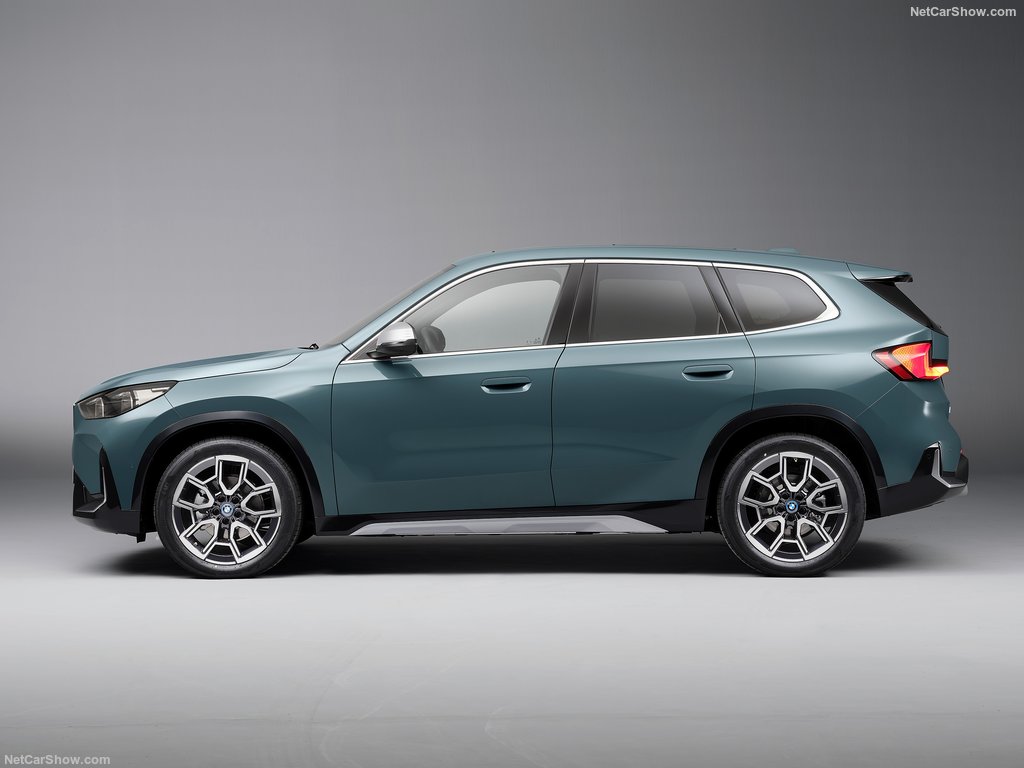
When it comes to safety features and crash ratings, the BMW X1, Mercedes-Benz GLA, and Volvo XC40 each offer a comprehensive suite of safety technologies, but there are some differences worth noting.
Starting with the BMW X1, while the 2024 model has not been crash-tested by American agencies at the time of this analysis, its predecessor earned a 5-star overall rating from NHTSA. This suggests a strong expectation of similar safety performance for the new model.

Standard safety features in the X1 include forward collision warning with automatic emergency braking, blind-spot monitoring, and lane departure warning. Additional safety features are available through the optional Active Driving Assistant Pro package, providing extra peace of mind for buyers.
In the case of the Mercedes-Benz GLA, the SUV surges ahead with its automated emergency braking and high-beam assist offered standard across the range.
However, for more advanced driver-assistance features like adaptive cruise control and lane-keeping assist, buyers will need to opt for the additional Driver Assistance package. This means that while some key safety features are included, you may have to pay extra for the full suite of advanced safety technologies.
Volvo, known for its commitment to safety, equips every XC40 with an impressive array of standard driver-assistance tech, including automated emergency braking, blind-spot assistance, and cross-traffic alert.
These features enhance safety without requiring additional packages. Furthermore, Volvo offers more advanced features, such as a hands-free driving mode, as optional extras. This makes the XC40 a strong choice for those who prioritize safety.
Our Verdict: All three SUVs offer a range of safety features, with the BMW X1 and Mercedes-Benz GLA providing a strong base level in terms of safety features, while Volvo takes the lead with an impressive array of standard features and the option for even more advanced safety technology.
When considering safety, Volvo's commitment to protection and advanced driver assistance stands out among these three SUVs.
2024 BMW X1 vs. Mercedes-Benz GLA vs. Volvo XC40: Pricing And Warranty

We expect the 2024 BMW X1 to have a starting price of around $40,000, a slight price increase compared to the 2023 model's starting price of $39,100. It's worth noting that the new X1 doesn't have traditional trim levels; instead, it offers one xDrive28i model with a variety of options.
Beware: adding desirable extras can increase the total cost by approximately $7,000. The X1's warranty coverage is typical of the luxury segment – four years or 50,000 miles, whichever comes first, and it also includes roadside assistance for that duration, with no mileage limit.
We don’t yet have specific pricing for the 2024 GLA, but we know pricing for the Mercedes-Benz GLA typically starts in the high 30s.
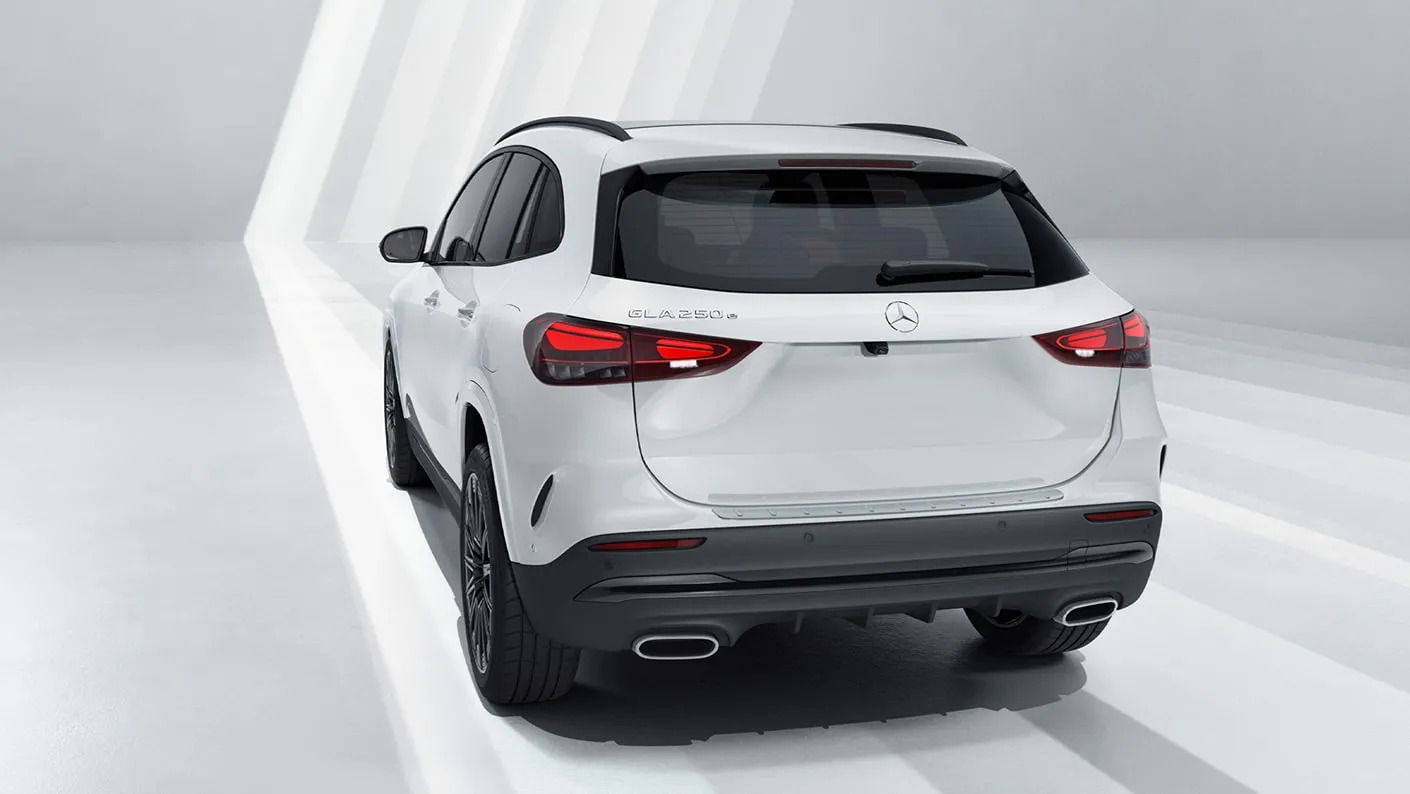
Furthermore, the GLA offers a package similar to the X1 – a four-year/50,000-mile bumper-to-bumper and powertrain warranty, along with four years/50,000 miles of roadside assistance. However, Mercedes-Benz does not include complimentary maintenance in its warranty package.
Turning to the Volvo XC40, its pricing and warranty coverage is consistent with its competitors. Like the X1 and GLA, we don’t yet have exact pricing for the 2024 XC40, but you can expect competitive pricing with other luxury subcompact SUVs.
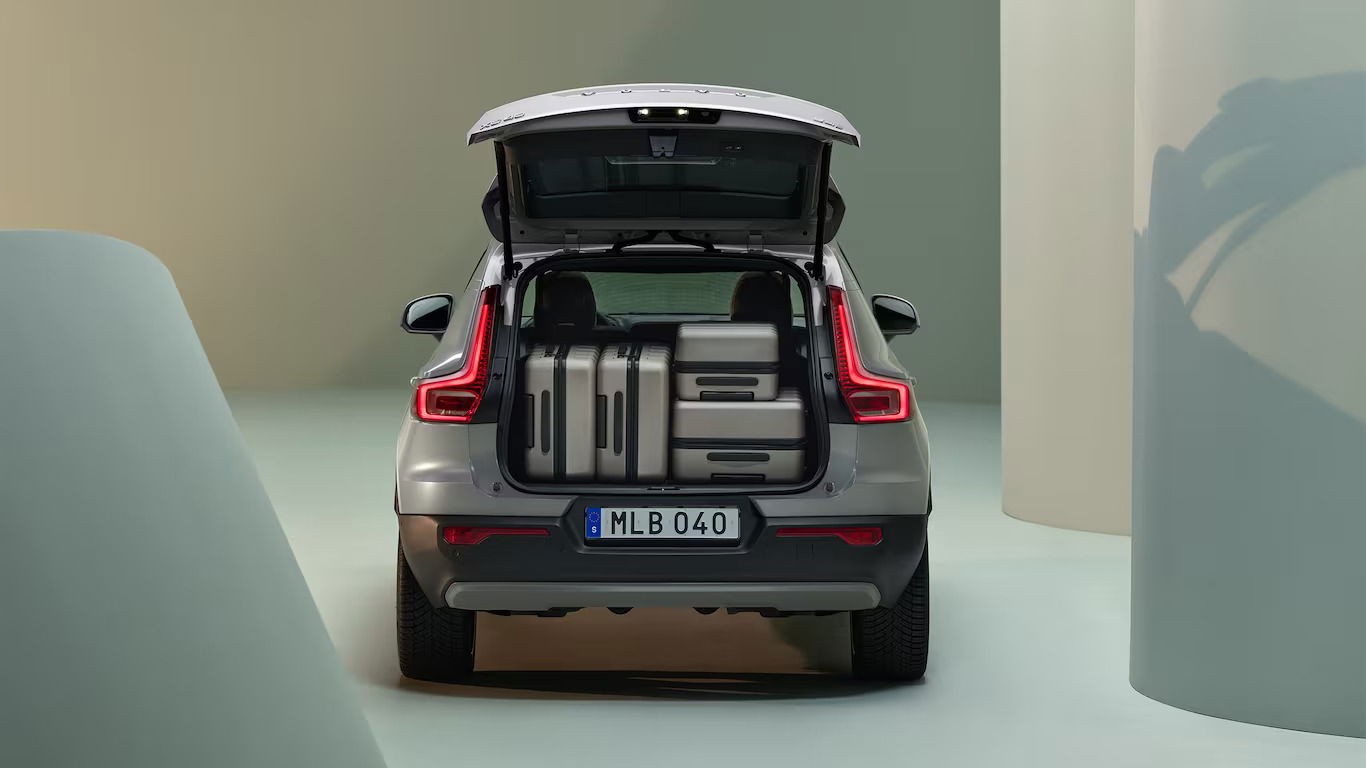
The XC40's warranty coverage mirrors the typical luxury package, with nothing particularly standout among its rivals. It offers a four-year/50,000-mile warranty both for bumper-to-bumper and powertrain coverage.
However, Volvo distinguishes itself by providing three years of complimentary scheduled maintenance, which is a notable perk compared to some competitors like the GLA.
Our Verdict:
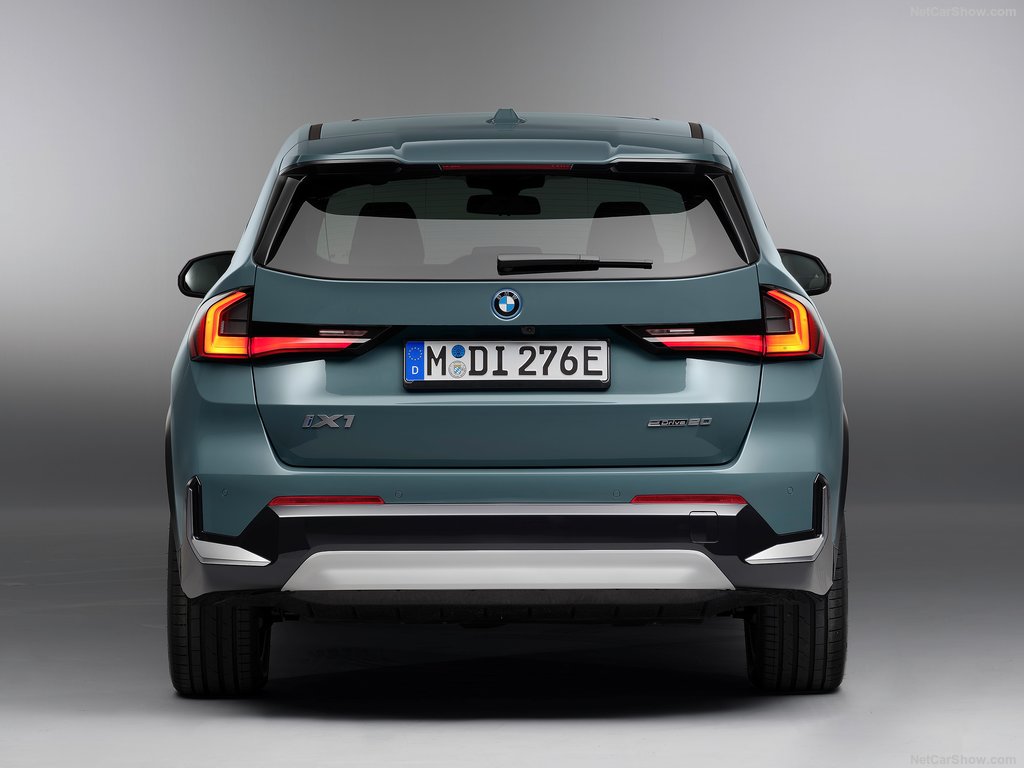
The pricing of these luxury subcompact SUVs is competitive, with the BMW X1 and Mercedes-Benz GLA generally starting in the high 30s to low 40s range.
Warranty coverage is consistent across the board, each offering a four-year/50,000-mile bumper-to-bumper and powertrain warranty, along with roadside assistance.
The Volvo XC40 adds value with three years of complimentary scheduled maintenance, making it an attractive option for buyers who prioritize maintenance coverage as part of their ownership experience.